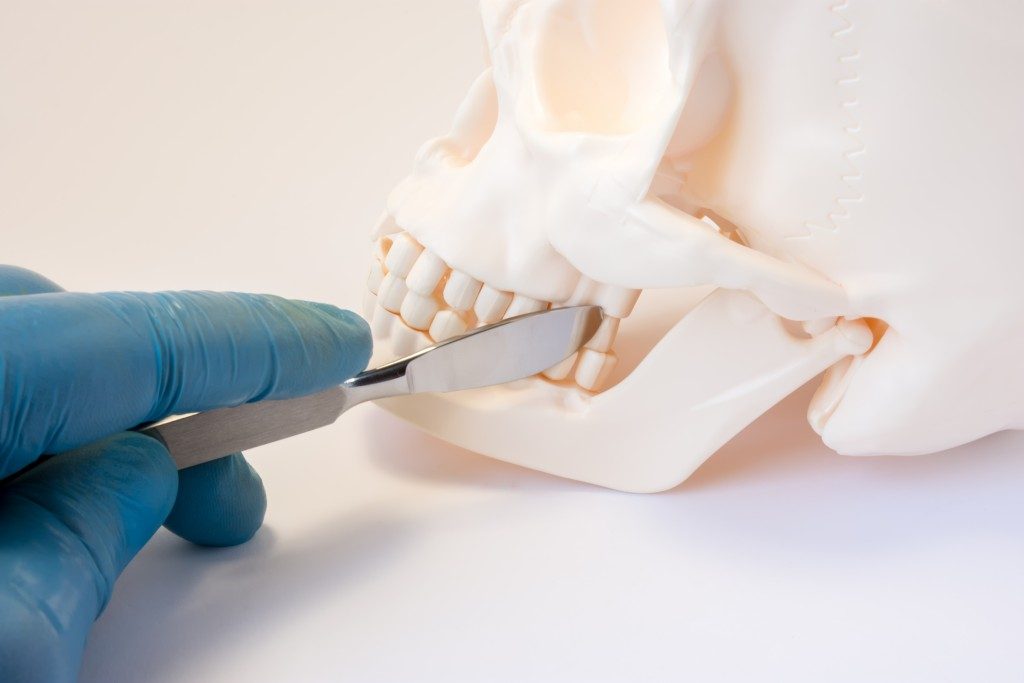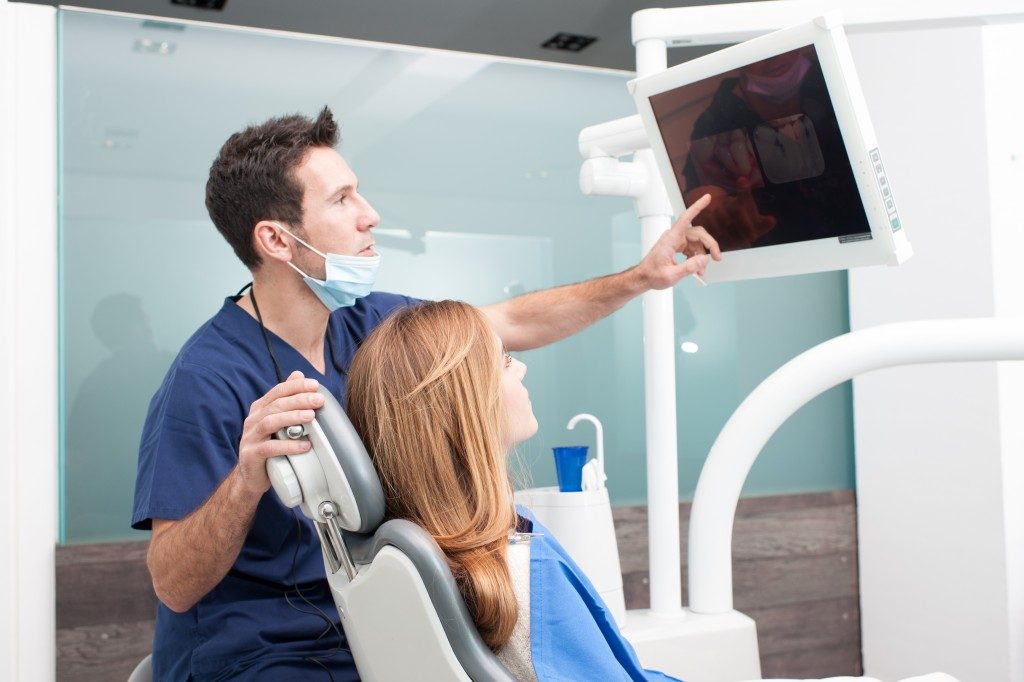
If you are having problems with your jaw or you are suffering from a facial injury, you might be advised to go through a corrective jaw surgery. Here are the things you need to know about this treatment procedure.
What is it?
Also referred to as orthognathic surgery, this procedure is done to correct irregularities of the jawbones. It realigns the jaws and teeth not only to improve your facial appearance but also to improve how they function.
An oral and maxillofacial surgeon (OMS) will do this procedure usually as a last resort if a problem can no longer be treated with orthodontics alone. That is why it will take a team of OMS and orthodontist to work together to design a treatment plan.
Who is it for?
This procedure is usually done to patients who are suffering from disorders like temporomandibular joint (TMJ) disorder. This refers to problems with your jaw and facial muscles, which control your TMJ. Your TMJ is the one that lets you move your jaw so that you can talk and chew, among others.
Corrective jaw surgery is also done to individuals suffering from obstructive sleep apnea, which is a serious sleep disorder wherein your breathing stops and starts repeatedly. You will also benefit from this treatment if you have facial defects, facial injuries, receding chin and lower jaw, as well as difficulty chewing and swallowing. In addition, severe dental problems like open bite and excessive breakdown of the teeth might require this intervention.
This type of surgical procedure is usually done after growth stops. For females, that is from ages 14 to 16, and for males, from ages 17 to 21.
What is the preparation like?

Before you go through this kind of oral surgery in Salt Lake City, an orthodontist will put braces on your teeth, and you will have to wear it for 12 to 18 months to align your teeth in time for the surgery. You will have to go through lab tests like X-rays and CT scans for doctors to have proper pictures and models of your jaw. These models will aid them in planning the surgical procedure. Also, you need to prepare for two to four days stay in the hospital and two to four weeks in recovery.
What are the risks?
Although a safe procedure, this surgery does carry some risks like an infection of the plates underneath the gums, temporary lip numbness, blood loss, nerve injury, jaw fracture, and readjustment surgery. You also face the risk of having a recurrence of the problem or the relapse of your jaw to its original position.
To lower the possibility of the occurrence of these problems, you need to quit smoking and the doctors may have to attach retainers to your teeth. If your experience problems with eating after the surgery, consult with a dietitian for nutritional supplements that you can take.
If you are having concerns or further questions about this procedure, it is best to talk to your doctors about it so that they can address and quell your worries. If you have any further queries, check out carmelvalleydental.com for a professional opinion.




